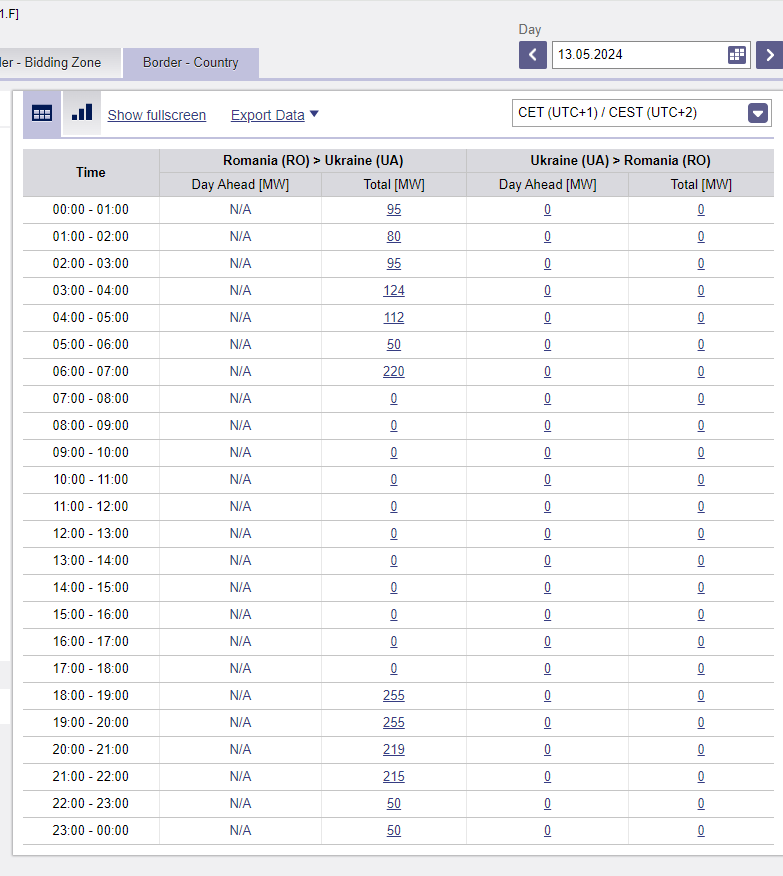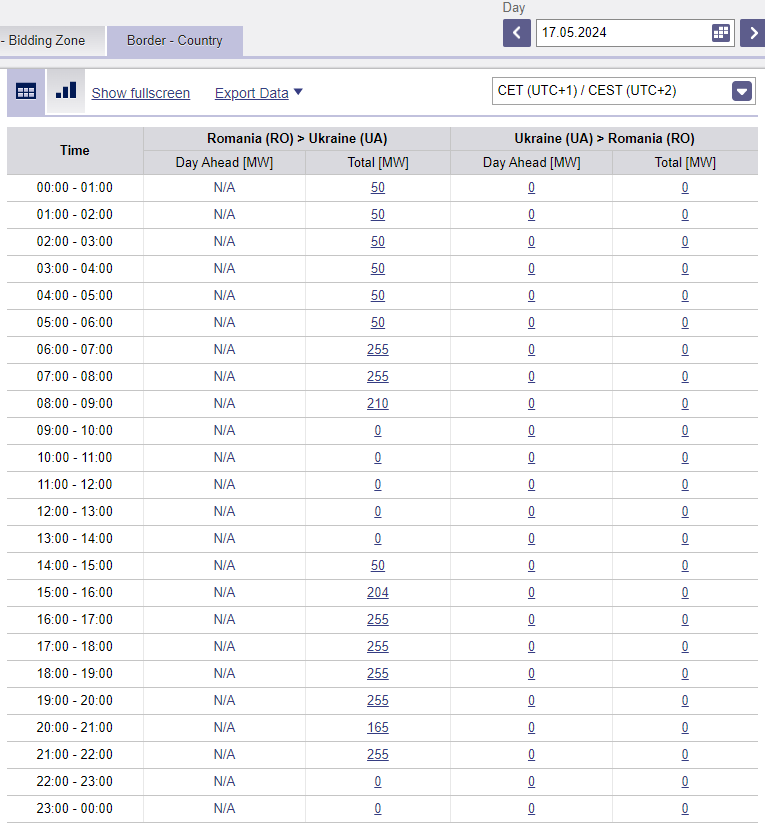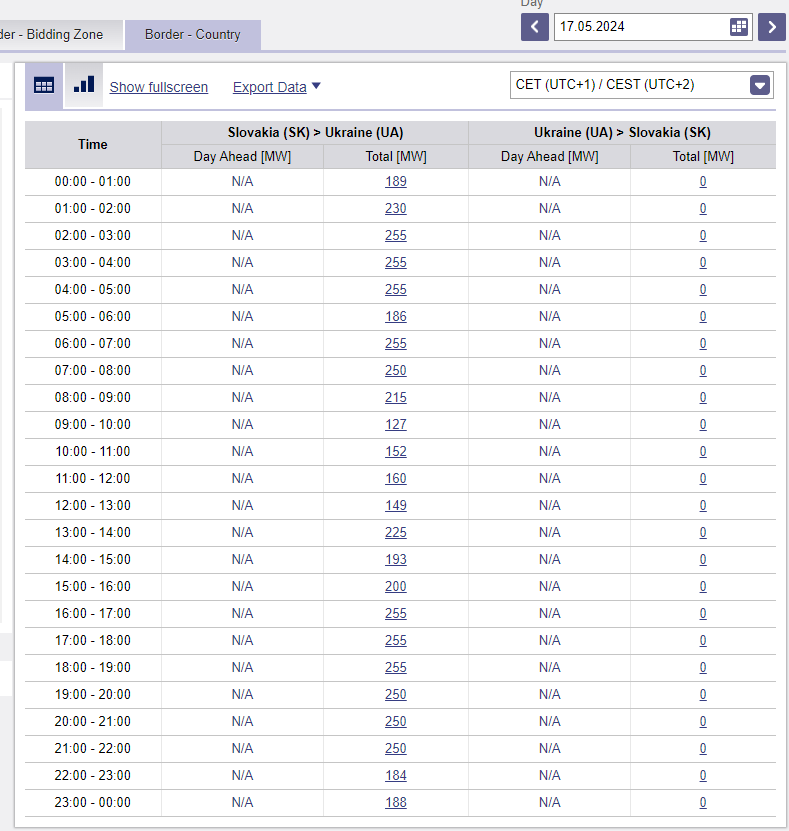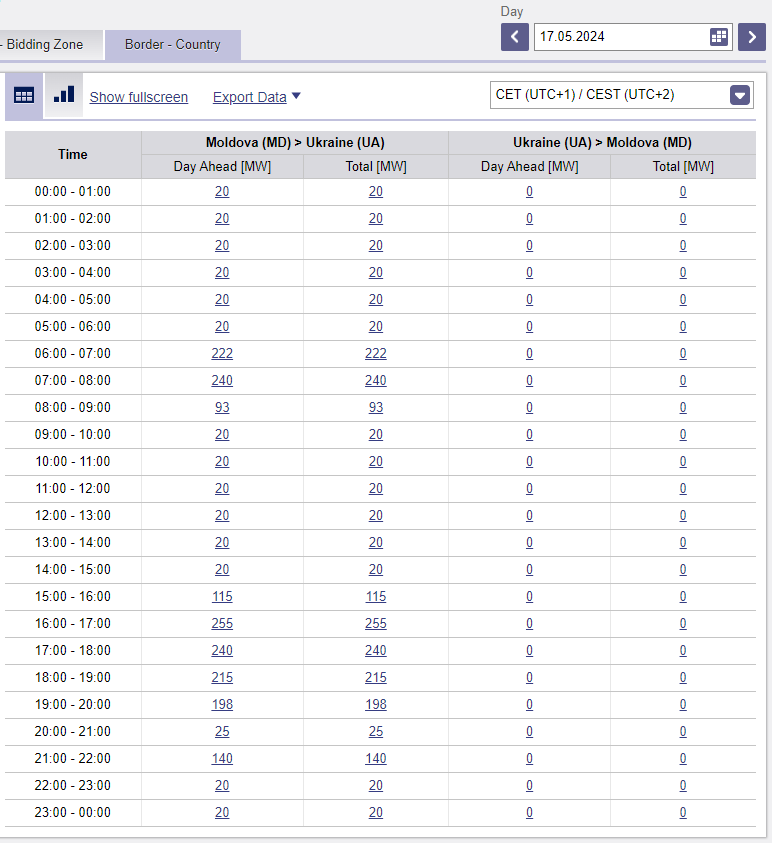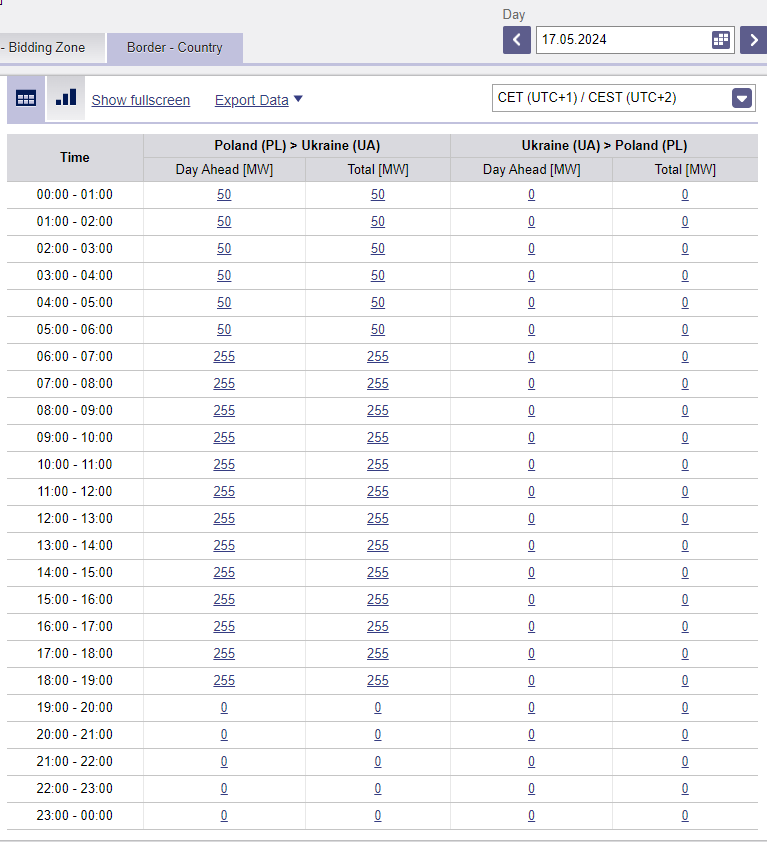News
"Ukraine sells electricity when we have a deficit", "it's all about raising the tariff": debunking the main myths about blackouts
Since the beginning of massive stabilization blackouts in Ukraine, myths have been spread about alleged electricity exports during the period of restrictions. Such claims are more akin to conspiracy theories, as they require falsifying data from the European platform, bribing Ukrainian officials, officials in neighboring EU countries, and all energy professionals involved in imports and exports.
Despite this, such theories are popular among some Ukrainians. OBOZ.UA has collected data on electricity exports and imports and publishes graphs that confirm the absence of commercial electricity exports.
Ukraine does not sell electricity in times of shortage
"No one exports electricity when there is a deficit in the system. We operate in a single European power system, and there are no export contracts. But there are technical flows, when we do not consume electricity and there is a surplus, it flows to the EU," explains Ivan Plachkov, chairman of the supervisory board of Kyivenergo.
A conspiracy theory is being spread among Ukrainians: that electricity is being sold to the EU when we are short of it ourselves. This fake is easy to refute, as all data on exports and imports are published on a special website, the European platform for collecting data on electricity production, transportation, and consumption.
However, those who believe in this conspiracy theory find confirmation even in the platform's data. Instead of the "commercial exchange" section (actually trade), they open the section of the site about physical flows (which cannot be eliminated as long as we are part of a single energy system) and claim that this is exports.
One such post on Facebook has more than 3 thousand shares. The author of the post took a picture of her computer screen, which shows the "physical flow" section, and stated that "Ukraine is always selling electricity to Romania and Moldova." Although this information is easy to refute, most of those who commented on her post seemed to believe it.
The author of the post shows a graph for May 13 and claims that on this day Ukraine allegedly sold electricity to Romania. However, if you open the graph of commercial exchange of electricity with Romania for this day, you will see that on the contrary, on May 13, Ukraine bought electricity from Romania between 00:00 and 07:00 and from 18:00 and 00:00.
Ukraine also bought electricity from Moldova on May 13, but did not sell it. You can check this information here. In the panel on the left, you can select a country and see data on exports and imports with Ukraine.
It is worth noting that the power system does not have the ability to accumulate current in large volumes. That is, if there is too much electricity today (more than Ukrainians consume), it cannot be "saved" for a rainy day. It is either necessary to reduce production (which is impossible now) or sell it abroad. To sharply reduce or increase production (when consumption is growing), energy is used from hydroelectric power plants and thermal power plants. It was these stations that Russia destroyed during its recent attacks on the energy sector.
Therefore, if electricity was sold in March, it could not have affected the deficit in May. Moreover, even within a single day, the Ukrainian energy system can have both a surplus (for example, in the afternoon, when solar generation is actively working and consumption is low) and a deficit (in the morning and evening). And the fact that there will be a surplus of current at lunchtime will not help cover the evening peak in consumption.
For example, let's look at information on electricity exports and imports on a weekday. On May 17, there were schedules of power outages from 00:00 to 08:00 and from 19:00 to 24:00. That is, it was during this period that there was a deficit that could not be covered even by imports of electricity. And if you look at the volume of trade, it was during these periods that most electricity was bought. At the same time, no electricity was sold at all. Ukraine imports electricity from Romania, Slovakia, Poland, Hungary, and Moldova. Exports to these countries are also possible.
Ukraine did not sell a single kWh to Romania that day. Instead, electricity was imported: from 00:00 to 09:00 and from 14:00 to 22:00. Moreover, at 6 am, the volume of imports (due to peak consumption) increased fivefold - from 50 to 255 MW.
No kWh was sold to Slovakia that day, but electricity was bought throughout the day. Mostly during the morning (at 7, 8 am) and evening (until 22:00) peaks.
We bought electricity from Poland from 6 am to 7 pm (and did not sell it), and from Moldova - throughout the day. There were no exports at all.
Sometimes, to "confirm" the sale of electricity, graphs from the Ukrainian Energy Exchange are shown. However, they show sales on the domestic wholesale market. For the industry, market mechanisms have long been in place for both the purchase of electricity and price formation. There are no separate contracts for exports, all data goes through a single European platform.
The blackouts cannot be linked to the tariff decision
Another conspiracy theory is that Ukrainians are being cut off from electricity to justify the tariff increase. In fact, and without any argumentation, the current electricity tariff for Ukrainians (UAH 2.64 per 1 kWh) covers only the delivery. That is, Ukrainians do not pay a single penny for electricity generation.
At the same time, electricity debts continue to grow. That is, consumers do not pay on time even for electricity delivery to their apartments.
"The situation is painfully clear. The goal is to cause more inconvenience to people to reduce resistance to the tariff increase," a resident of Zaporizhzhia wrote on her Facebook page. This statement has been actively spreading on social media over the past few days.
Despite the fact that Ukrainians have witnessed the largest attack on the energy sector in recent months, with the lion's share of balancing generation destroyed, some still find it easier to believe that the blackouts are the fault of Ukrainian power engineers or the government, not Russia.
"People are starting to look for someone to blame. There are no commercial sales, there are technical flows that are necessary. They are ten times smaller," Plachkov adds.
The situation in the energy sector remains extremely difficult. Right now, the repair campaign at NPPs is underway. In addition, Zaporizhzhia NPP remains under occupation (6 thousand MW), Kakhovka HPP is destroyed, Dnipro HPP is out of operation, and several large thermal power plants have been destroyed. All these are the results of the Russian attack on energy facilities. And while some facilities can indeed be protected, it is virtually impossible to build "sarcophagi" and close a large thermal power plant from a direct missile attack. In any case, no country has yet learned how to create such protection. And the very fact of an attack on a thermal power plant is a war crime.
Any search for those responsible for the electricity shortage should begin with reminders of who destroyed part of Ukraine's generation. There is no evidence of any electricity sales during the lockdown. Not a single investigator, power engineer, or official has confirmed even the possibility of such exports. Moreover, Europeans publish all data on commercial electricity exchange, and it would be impossible to hide such information.








